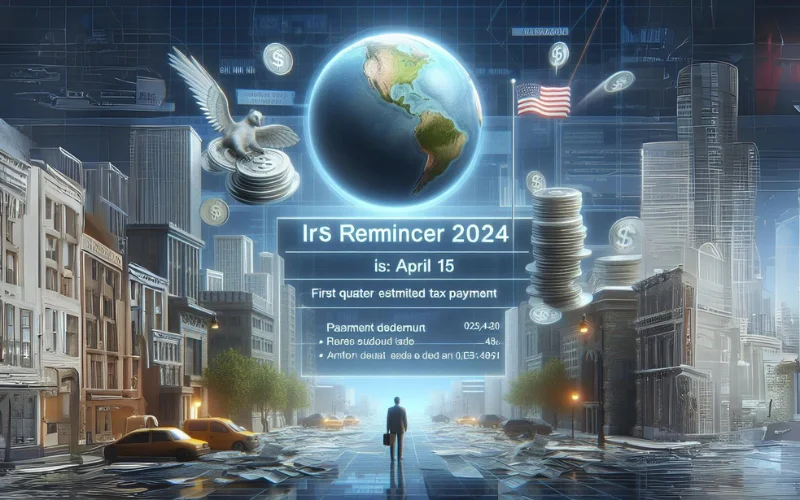Taxpayers who support dependents who can’t be claimed for the Child Tax Credit are being reminded by the IRS to do a paycheck checkup soon. The IRS Withholding Calculator can help these taxpayers make sure they have the right amount of tax taken out of their pay.
The Tax Cuts and Jobs Act, enacted in December 2017, added a new tax credit – Credit for Other Dependents. It is a non-refundable credit of up to $500 per qualifying person. Taxpayers may be able to claim the new credit for dependents that these taxpayers claimed a dependency exemption for in the past.
This change, along with others, can affect a family’s tax situation in 2018. Checking and adjusting withholding now can prevent an unexpected tax bill and even penalties next year at tax time.
The Credit for Other Dependents is available for dependents for whom taxpayers cannot claim the newly expanded Child Tax Credit. These dependents may include dependent children who are age 17 or older at the end of 2018, or parents or other qualifying relatives supported by the taxpayer. Families with qualifying children under the age of 17 should first review their eligibility for the expanded Child Tax Credit, which is larger.
The Credit for Other Dependents and the Child Tax Credit begin to phase out at $400,000 of modified adjusted gross income for joint filers and $200,000 for other taxpayers. For more information about these credits, visit Steps to Take Now to Get a Jump on Next Year’s Taxes on IRS.gov.
These credits are among many changes in the new law that will affect 2018 tax returns that people will file in 2019. The IRS Withholding Calculator, available on IRS.gov, can help people with dependents – and others – apply the new law correctly.
The IRS urges all taxpayers to complete their “paycheck checkup” as early as possible so that if a withholding amount adjustment is necessary, there’s more time for withholding to take place evenly throughout the year. Waiting means there are fewer pay periods to withhold the necessary federal tax – so more tax will have to be withheld from each remaining paycheck.
Taxpayers who change their withholding for 2018 should recheck their withholding at the start of 2019, especially taxpayers who reduce their withholding sometime during 2018. A mid-year withholding change in 2018 may have a different full-year impact in 2019. If taxpayers don’t submit a new Form W-4 for 2019, their withholding might be higher or lower than intended.
Using the Withholding Calculator
To use the Withholding Calculator, taxpayers should have their 2017 tax returns and most recent pay stubs available to determine their proper withholding for 2018.
Calculator results depend on the accuracy of information entered. If a taxpayer’s personal circumstances change during the year, they should return to the calculator to check whether their withholding should be changed.
Employees can use the results from the Withholding Calculator to determine if they should complete a new Form W-4 and, if so, what information to enter on that form.
The Withholding Calculator does not request personally-identifiable information, such as name, Social Security number, address or bank account number. The IRS does not save or record the information entered on the calculator. As always, taxpayers should watch out for tax scams, especially via email or phone and be alert to cybercriminals impersonating the IRS. The IRS does not send emails related to the Withholding Calculator or the information entered on it.
Adjusting withholding
The Withholding Calculator will recommend how to complete new Forms W-4. If a taxpayer is at risk of being under-withheld, the calculator will recommend an additional amount of tax withholding for each job. The taxpayer can enter these amounts on their respective Forms W-4.
Employees who need to complete a new Form W-4 should submit it to their employers as soon as possible. Employees with a change in personal circumstances that reduce the number of withholding allowances must submit a new Form W-4 with corrected withholding allowances to their employer within 10 days of the change.
Certain taxpayers – including those who don’t have enough income tax withheld by their employer – may have to pay estimated taxes. For additional information, refer to Publication 505, Tax Withholding and Estimated Tax.
Taxpayers may also need to determine if they should make adjustments to their state or local withholding. They can contact their state’s department of revenue to learn more.
Source: CPA Practice Advisor





